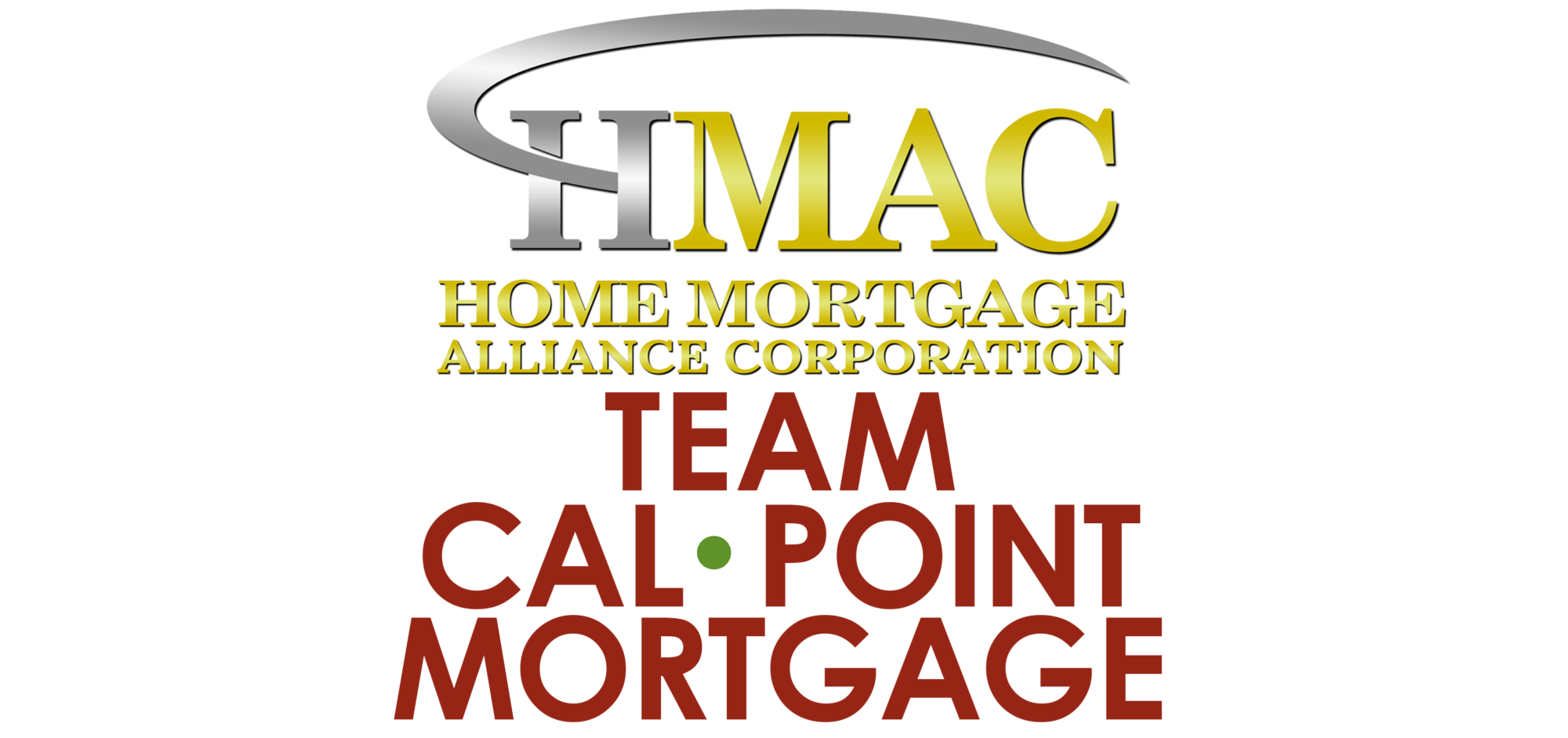Refinancing to Pay for College or Education Costs
Studies show that college graduates earn more money and are more likely to be able to hold a job than people who don’t attend college. SmartAssets’ report, based off Bureau of Labor statistics, stated that in 2018, people with a bachelor’s degree who worked full-time earned $23,868 more on average than those who held just a high school diploma.
Most parents want to provide their children with any advantage they can, and a strong education can be the path by which children can gain independence and a secure future. The cost of college can be paid in three ways: before, during or after college — and the costs can be exorbitant for all three. That’s why many people investigate the option of refinancing their existing mortgage.
According to the National Center for Education Statistics, in addressing questions regarding the trends around college costs and tuition, they state:

For the 2016–17 academic year, annual current dollar prices for undergraduate tuition, fees, room, and board were estimated to be $17,237 at public institutions, $44,551 at private nonprofit institutions, and $25,431 at private for-profit institutions. Between 2006–07 and 2016–17, prices for undergraduate tuition, fees, room, and board at public institutions rose 31 percent, and prices at private nonprofit institutions rose 24 percent, after adjustment for inflation.
SOURCE: U.S. Department of Education, National Center for Education Statistics. (2019). Digest of Education Statistics, 2017 (NCES 2018-070), Chapter 3.
Average total tuition, fees, and room and board rates charged for full-time undergraduate students in degree-granting institutions, by type and control of institution: Selected year, 2016–17.
If you have not saved for college prior to your child’s senior year of high school, you may be struggling to pay for college now. Borrowing money for college expenses may be your only option to pay for tuition, room and board, books, travel, etc. You are not alone. Many find themselves facing this same challenge without a personalized financial strategy. HMAC Team Cal Point Mortgage can help with this challenge and, together, we can help you make smart decisions about paying for college.
If refinancing is the right option for you, HMAC Team Cal Point Mortgage will help you select the best loan for your needs and walk you through the refinance process. Before refinancing, let’s look at other college payment strategies to explore:
Free Money
- Scholarships and Grants — In addition to academic, athletic and artistic scholarships, you can check online for a wide variety of unusual scholarships that are based on hobbies and interests, how tall you are, where you live, and your family roots.
- Financial aid based on low income.
Earned Money and Financing
- Federal and private loans
- Work study programs
In addition to the options above, you can speak with us today to evaluate the advantages and disadvantages of a cash-out refinance.
Advantages vs. Disadvantages
Advantages
- A cash-out refinance will give you money in a lump sum that you can use to pay for college expenses.
- The cash-out refinance interest rate may be lower than other education loan options available to you.
- The cash-out refinance could offer a tax deduction. Consult with a professional tax advisor to be sure.
Disadvantages
- When a prospective college student fills out the Free Application for Federal Student Aid (FAFSA) to obtain federal student loans and financial aid, the government will look at the parents’ income and savings to calculate expected family contribution. The more you have, the less money your student will qualify for in terms of loans and financial aid. You can argue that you can fill out the FASFA and be granted loans and aid before you refinance, but, while that is true, you need to fill out the FAFSA each year. So, every year after the first year, you could be less likely to get loans and financial aid due to the additional funds received from the refinance.
- When using your home’s equity to pay your debt, your’re putting your home at risk if you cannot repay the loan, so it’s important to ensure that if you do decide to refinance that you are modifying your mortgage to more favorable terms, whether it means a lower rate or for a shorter time period.
- There are costs associated with refinancing. In some cases, these costs can be absorbed into the refinanced mortgage and are spread out over time, but these costs should not be overlooked. For these reasons, we may recommend a Home Equity Line of Credit (HELOC).
Related Information
A home equity line of credit (HELOC) offers a flexible way to borrow funds. Click here to read more.
Renovation loans, renovation financing options & additional information is only a click away....
Let us guide you through the home financing process. Get all the home loan help and resources...
